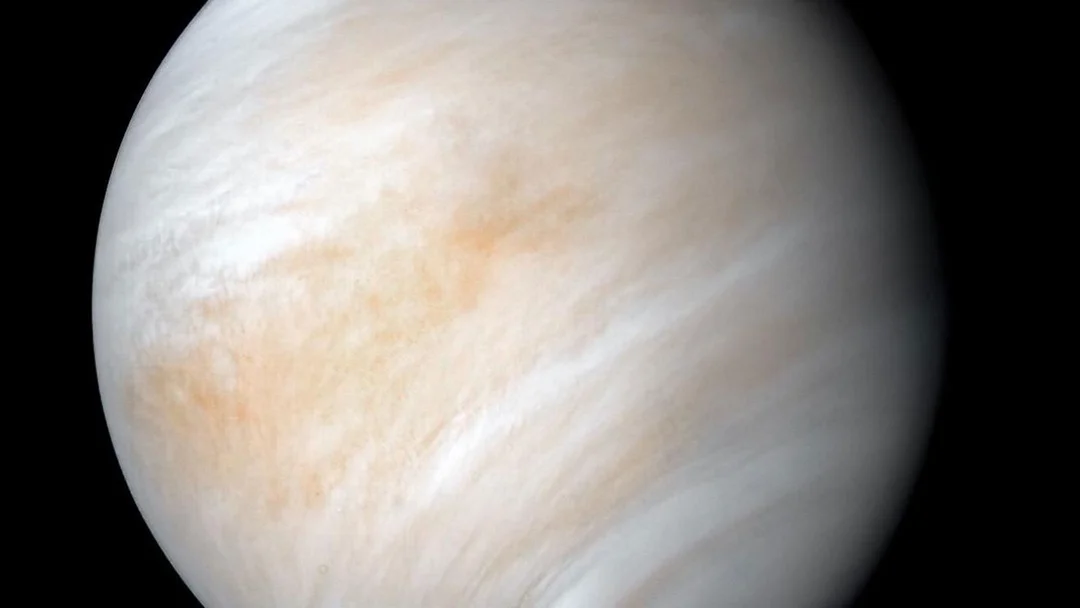
Soviet Spacecraft Kosmos 482 Set to Crash Land: What You Need to Know
An antiquated relic from the Cold War space race, the Soviet spacecraft Kosmos 482, is predicted to make an unscheduled return to Earth in the coming days. Launched in 1972 as part of the Venera program aimed at exploring Venus, a rocket malfunction left it stranded in Earth orbit. Now, over five decades later, this piece of space history is hurtling back towards us, raising questions about where it might land and what risks, if any, it poses.
Originally intended to withstand the harsh conditions of Venus' atmosphere, Kosmos 482 never reached its destination. According to NASA, the failure of its rocket to execute the Venus transfer resulted in the payload remaining in an elliptical Earth orbit.

The spacecraft, now space debris, has been slowly losing altitude due to atmospheric drag. Experts predict reentry will occur sometime this week, with the exact timing and location remaining uncertain. NASA anticipates that the uncertainty "will be fairly significant right up to reentry." The potential impact zone spans a wide area between 52 degrees north and 52 degrees south latitude, encompassing significant portions of the globe. This includes Africa, South America, Australia, New Zealand, most of Europe and Asia, and the continental U.S.
Despite the wide potential landing zone, experts like Dr. Jonathan McDowell from the Center for Astrophysics at Harvard & Smithsonian, suggest that people shouldn’t be "too worried." However, he acknowledges there's a small, but not insignificant, chance of the spacecraft damaging property or even causing injury. "There's a not-trivial chance that it could hit somewhere where it damages property, and there's a small chance — but it's like one in thousands — that it could hurt someone," McDowell told NPR.
A key factor influencing the risk assessment is Kosmos 482's robust design. Built to endure the extreme heat and pressure of Venus' atmosphere, the probe is expected to survive reentry largely intact. "Because it has a heat shield and it was designed to survive the rigors of Venus' atmosphere, what I expect is instead of burning up and melting, it will reenter essentially undamaged," McDowell stated.
While the odds of a direct hit on populated areas are low, the potential consequences warrant attention. Marlon Sorge, a space debris expert with The Aerospace Corporation, estimates the chances of Kosmos 482 causing deadly damage at roughly 1 in 25,000. Sorge emphasizes that any recovered debris should not be touched, as it could contain hazardous materials.

The reentry of Kosmos 482 serves as a reminder of the growing issue of space debris and the importance of international cooperation in managing risks associated with objects in orbit. As Parker Wishik, a spokesperson for the Aerospace Corporation, points out, the 1967 Outer Space Treaty dictates that Russia retains ownership of any surviving debris and may seek to recover it.
What are your thoughts on the growing challenge of space debris? Do you believe international regulations are sufficient to mitigate the risks posed by reentering spacecraft? Share your opinions in the comments below!
Related issues news
Where will Kosmos 482 land?
The spacecraft could reenter anywhere between 51.7 degrees north and south latitude, or as far north as London and Edmonton in Alberta, Canada, almost all the way down to South America's Cape Horn. But since most of the planet is water, 'chances are good it will indeed end up in some ocean,' Langbroek said.
When will Kosmos 482 crash?
A Soviet-era spacecraft is set to reenter Earth's atmosphere after over 50 years, returning this week from its failed mission to Venus . NASA said Monday that Cosmos 482 will return to Earth sometime between Wednesday, May 7, and May 13. The spacecraft is most likely to begin its decent on Saturday, May 10, though.